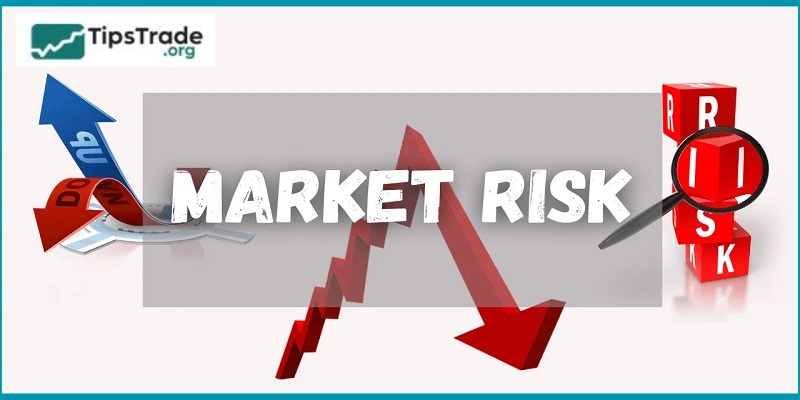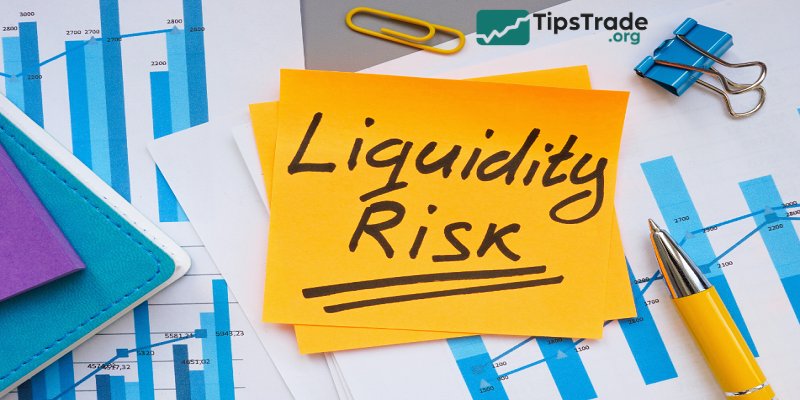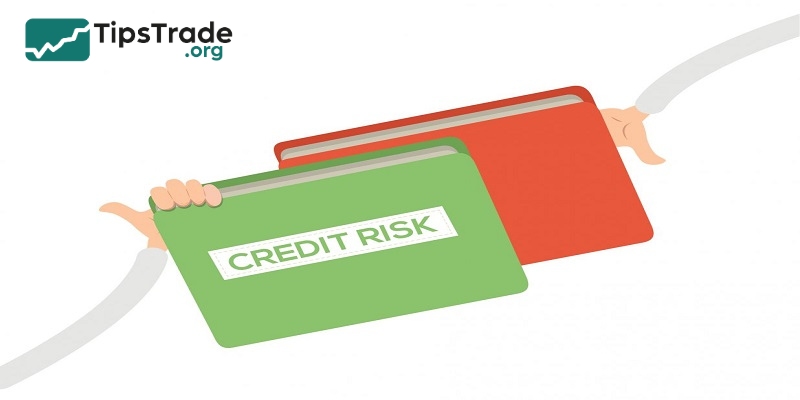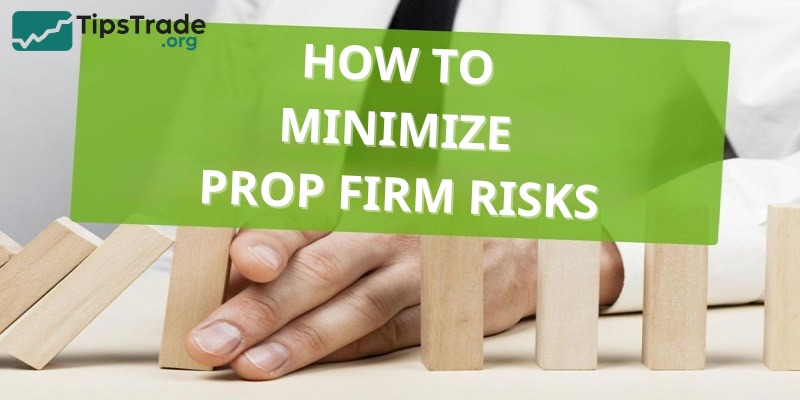Risk is part of investing. So, understanding Prop Firm risks and how to avoid them are very important for traders. Let’s explore common types of prop firm risks and how to effectively minimize them in the following article with Tipstrade.org!
Are Prop Firms Legit or a Scam?
Prop firms are legal. They are financial institutions that use their own capital to trade financial instruments, rather than using clients’ money. Typically, they hire traders and provide capital for trading, in return for a share of the profits.
However, their operations are subject to financial regulations and oversight by regulatory bodies, which vary by country. For example, in the United States, hedge fund trading firms are subject to regulations set by organizations such as the Securities and Exchange Commission (SEC) or the Commodity Futures Trading Commission (CFTC), depending on the type of trading they do.
Therefore, it is important to research and understand the specific regulations and requirements that apply to investment fund trading firms in your area to ensure they operate legally and ethically.

>>See more:
- What Is Prop Firm? Everything You Need to Know about Prop Firm
- Unpacking How Prop Firm Works For Professional Traders
- Prop Firm Benefits – Why More Traders Join Funded Programs
- Prop Firm Evaluation Tips – How to Pass and Maximize Your Funding Chances
Importance of understanding prop firm risks
Understanding Prop Firm risks are very important for those considering pursuing a career in prop trading. These companies allow traders to use the company’s capital to execute trades and share profits, providing unique opportunities but also coming with significant risks.
These Prop Firm risks, ranging from financial losses, operational challenges to psychological stress, can affect both new and experienced traders. To overcome these complexities, you need to have a clear view of the potential pitfalls and apply effective risk management strategies. This will help traders better prepare for success in a fiercely competitive environment.

The main prop firm risks traders should know
Just like any other financial institution, prop trading firms face a variety of risks. Below are the main prop firm risks traders should know:
Market risk
- Fluctuation: Fluctuations in market prices can lead to large profits or losses. This is one of the Prop Firm risks are most susceptible to this risk due to trading large volumes of financial instruments.
- Price movement: Sudden and unexpected movements in asset prices can reduce the value of trading positions.

Liquidity risk
- Market liquidity: During times of market stress, finding buyers or sellers for some assets can be difficult, making exiting trading positions difficult and potentially leading to large losses.
- Financial liquidity: The risk that a company will not be able to meet its short-term financial obligations due to a shortage of cash or capital.

Operational risk
- Technology problem: Issues related to the trading platform, software errors or hardware failures may interrupt trading operations, resulting in lost opportunities or financial losses.
- Human error: Errors made by traders, such as entering wrong orders or making incorrect decisions under pressure, can lead to significant losses.
- Internal fraud: Risks arising from unethical behavior or fraudulent activities within the company, such as unauthorized transactions.
Credit risk
- Counterparty risk: The risk that the counterparty will not fully perform its obligations, causing financial loss to the company.
- Margin Call: If the company uses financial leverage, failure to meet margin calls may force it to liquidate trading positions at unfavorable prices.

Strategic risks
- Business model viability: The risk that the prop firms’ overall trading strategies or business models may become obsolete or unprofitable due to changes in the market or competitive environment.
- Concentration risk: Over-reliance on a particular trading strategy, asset class or market can increase vulnerability to specific risks.
How to minimize prop firm risks
Participating in a prop firm offers traders a significant opportunity to trade with substantial capital without investing a lot of money. However, along with that come Prop Firm Risks that you need to understand clearly to avoid losing money unnecessarily. Here are effective ways to help you minimize risk and protect yourself before investing time and effort in any Prop Firm:

- Apply strict risk management: Clearly define risk limits, track daily trading activity and implement strict controls on losses and leverage.
- Strategic diversification: Use multiple trading strategies across different markets and asset classes to diversify risk; and avoid over-reliance on a single method.
- Periodic risk assessment: Conduct stress tests and scenario analysis to prepare for extreme market conditions and unexpected events.
- Compliance with legal regulations: Stay up to date on regulatory changes and ensure compliance to avoid legal and financial penalties.
- Investing in technology: Use advanced trading platforms and cybersecurity measures to improve efficiency and protect the system from technical failures.
- Trader training and coaching: Build a risk-aware culture through ongoing training and clear communication of risk management processes.
- Liquidity management: Maintain adequate cash reserves and monitor market liquidity to ensure financial obligations can be met, avoiding being stuck in illiquid positions.
- Leverage control: Limit leverage to avoid uncontrolled losses and ensure margin requirements are strictly adhered to.
Conclusion
Risk can happen to anyone, whether they are a new or experienced trader. The above are some Prop Firm risks that traders may encounter during their trading process. Hopefully, from the above shared by Tipstrade.org, traders can build wise strategies and reap rewards for themselves.
See more:

